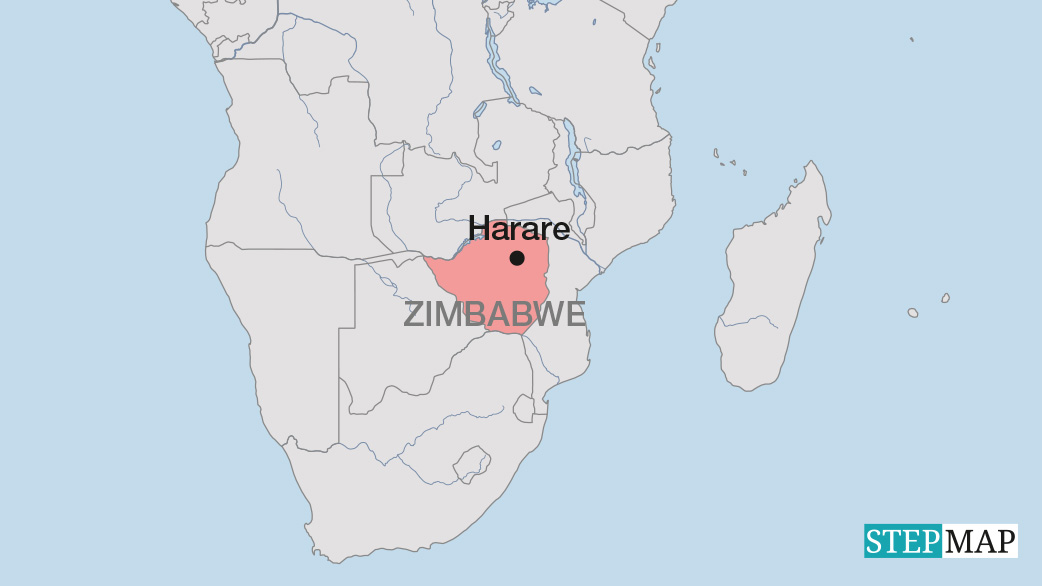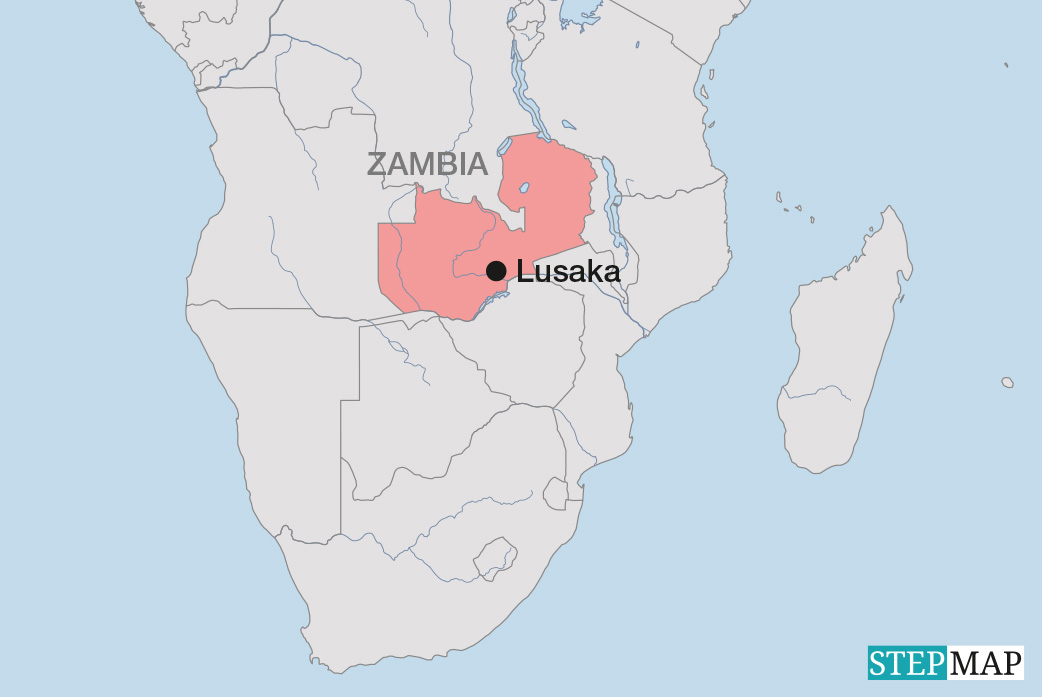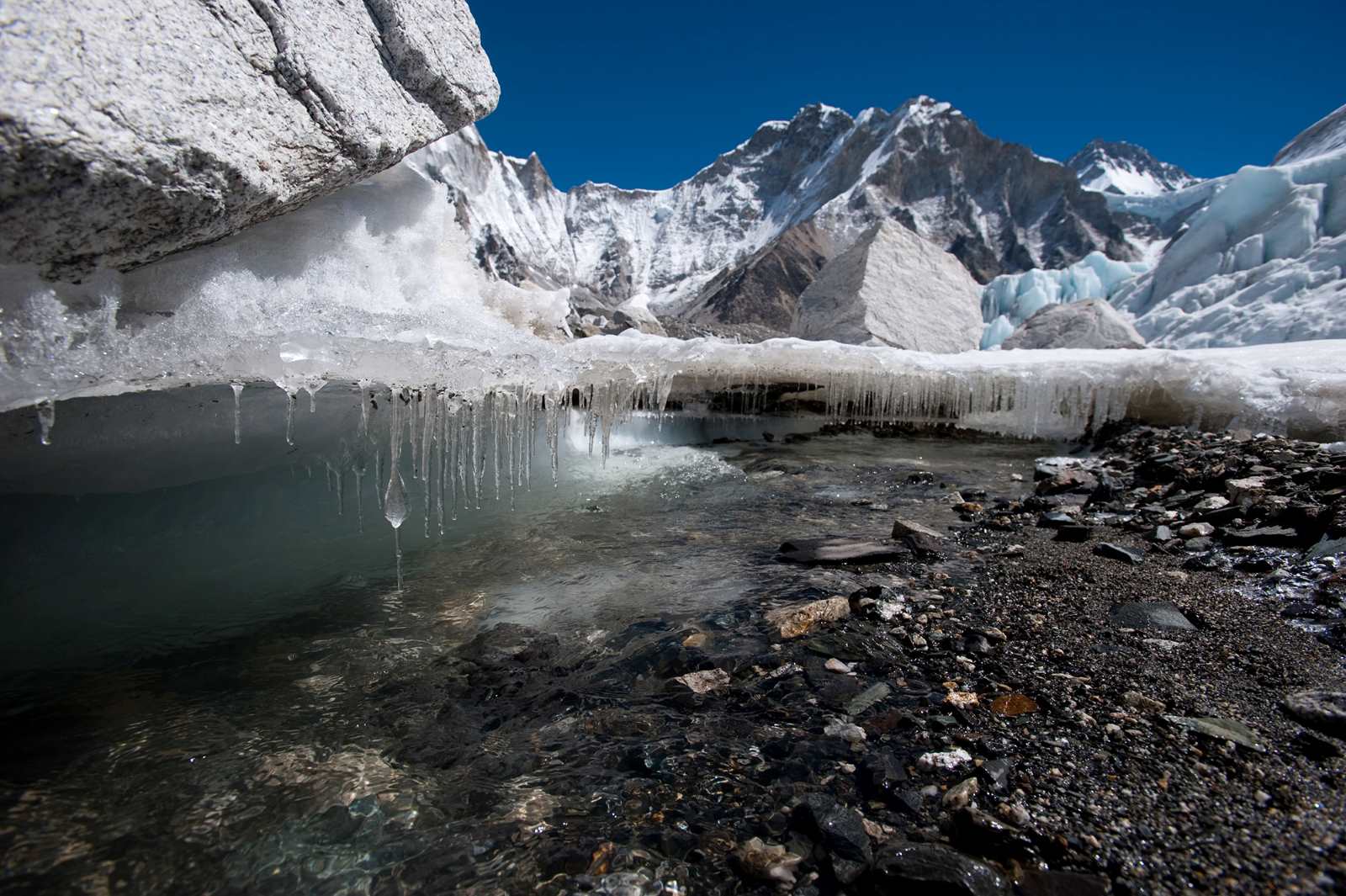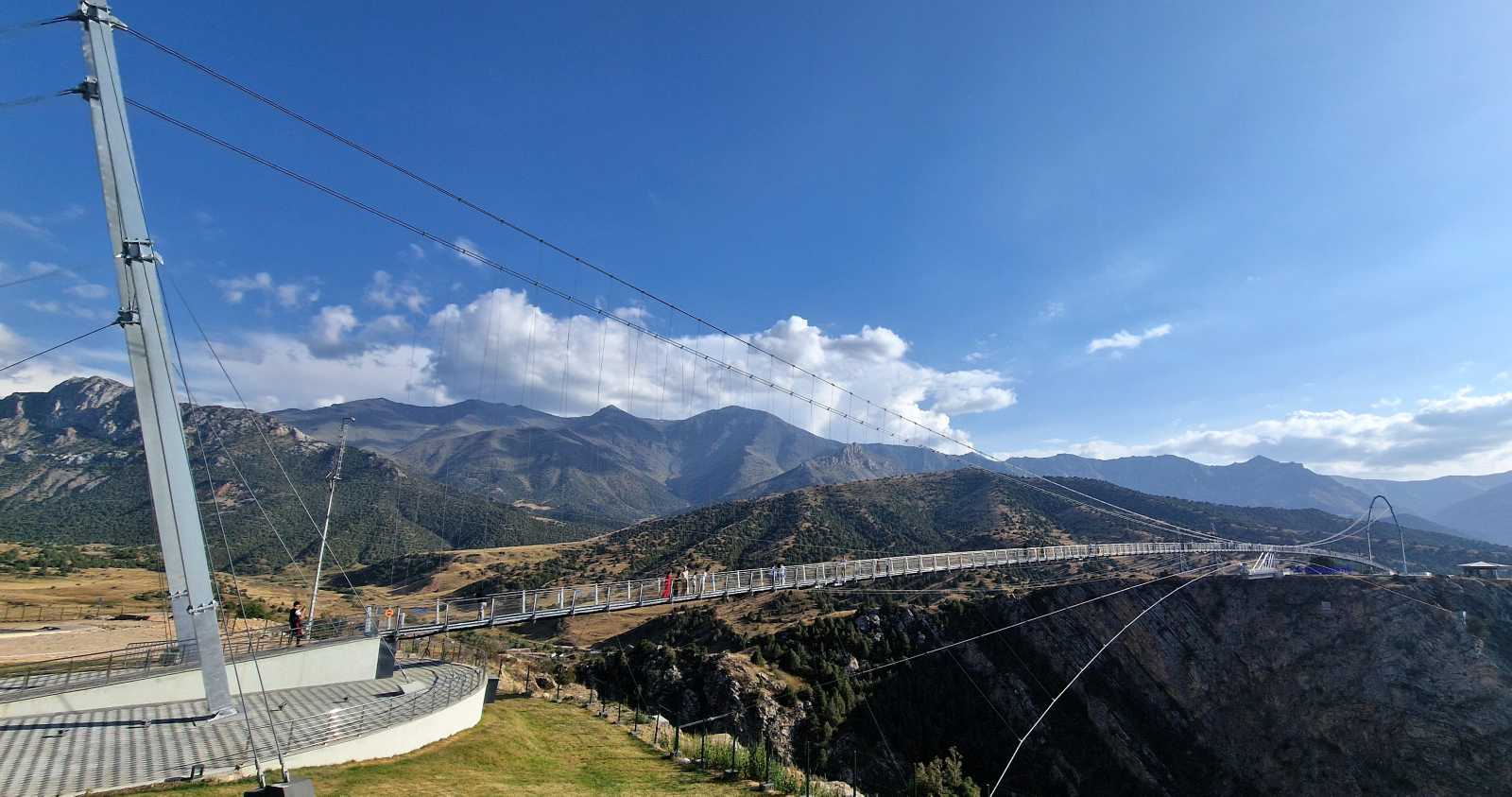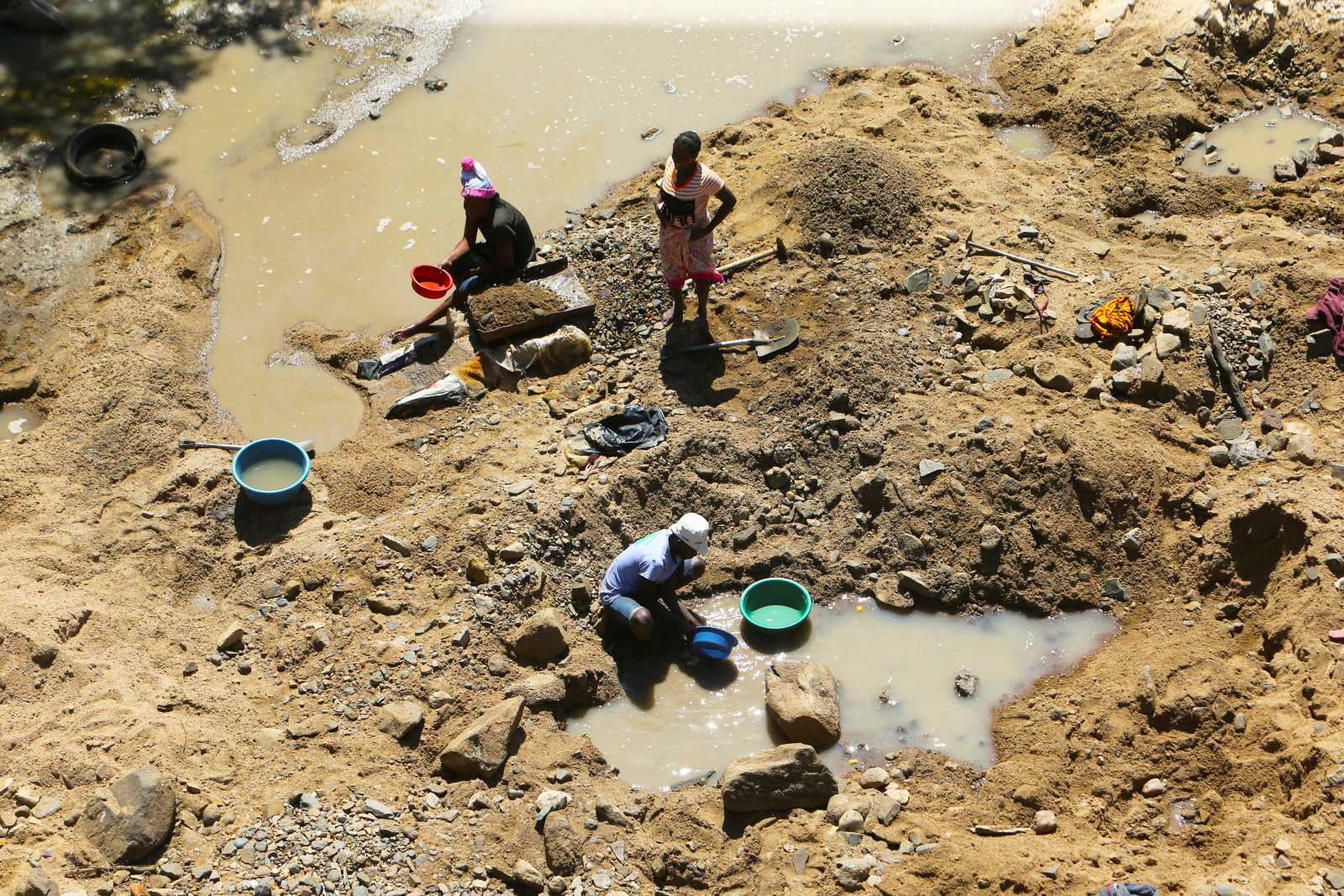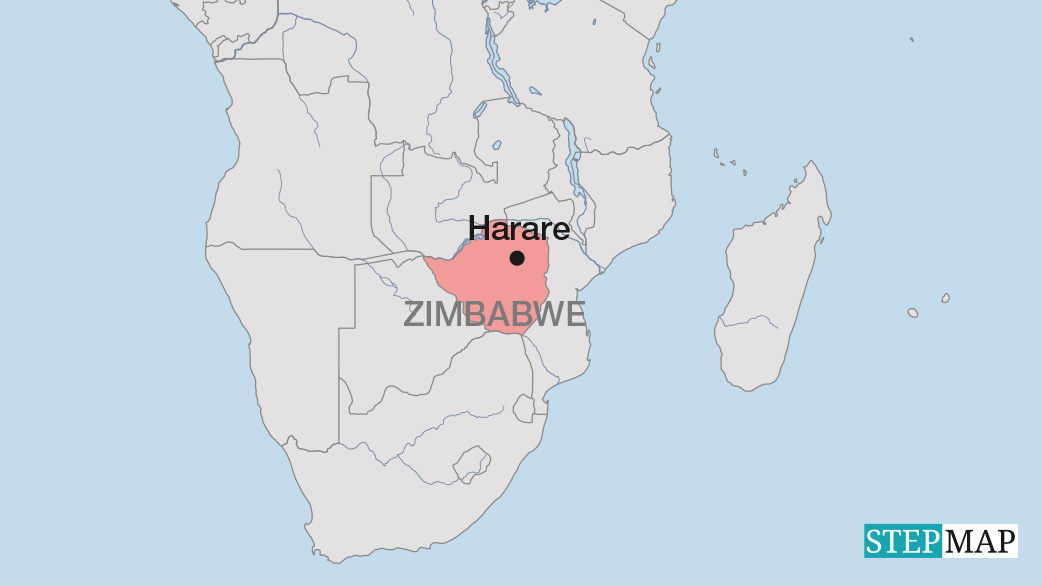Water pollution
The lake that once gave life now poisons a city
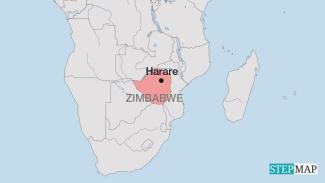
Residents of the Budiriro suburb in Harare have been criticising the poor quality of the water coming out of their taps for years. Edith Mwayera, 56, is one of them. “Over the years, we have witnessed that our water is getting dirtier, emitting a foul, strong smell, and we often get stomach aches whenever we drink it, especially children and the elderly,” she says. Due to the long-standing poor water quality, plastic water tanks, known as “Jojo”, have become increasingly popular.
The water pollution is caused by untreated raw sewage flowing into rivers and eventually into Lake Chivero, Harare’s largest water supplier. The lake was built in the 1950s to serve 200,000 people. In 2024, it already supplied more than 2 million residents.
According to press reports citing the Environmental Management Authority (EMA), Harare City Council is responsible for discharging 250 million litres of untreated sewage into Lake Chivero every day. Of this figure, residents contribute around 219 million litres of sewage daily. An EMA spokesperson was quoted in the newspaper Sunday Mail saying that between 2021 and 2025, the City of Harare was issued seven tickets and seven environmental protection orders for various wastewater management offences, which include discharge of raw sewage into the environment, broken sewer pipes and failing sewer reticulation systems.
The rapid growth of the water hyacinth, one of the most notorious aquatic plants, also contributes to Lake Chivero’s poor water quality. The water hyacinth originates in South America and feeds on untreated sewage. Its spread can result in a lack of light in the water, leading to the death of aquatic life. The water hyacinth also increases water evaporation.
The discharge of untreated wastewater also promotes the growth of cyanobacteria, which can impair water quality. In 2024, thousands of fish died in Lake Chivero due to cyanobacteria.
Throughout Zimbabwe, citizens lack access to safe drinking water. The consequences are disastrous. The country has seen recurring cholera outbreaks, for example an immense one in 2023 when all 10 provinces were affected. Citizens of Budiriro have been suffering from cholera, too.
For Edith and other concerned residents, polluted water is an everyday hazard. “Previously, we have witnessed many deaths due to unclean water and if it persists, it could mean more deaths before the situation is rectified,” she says.
Derick Matsengarwodzi is a freelance journalist based in Harare, Zimbabwe.
derickm01@gmail.com

